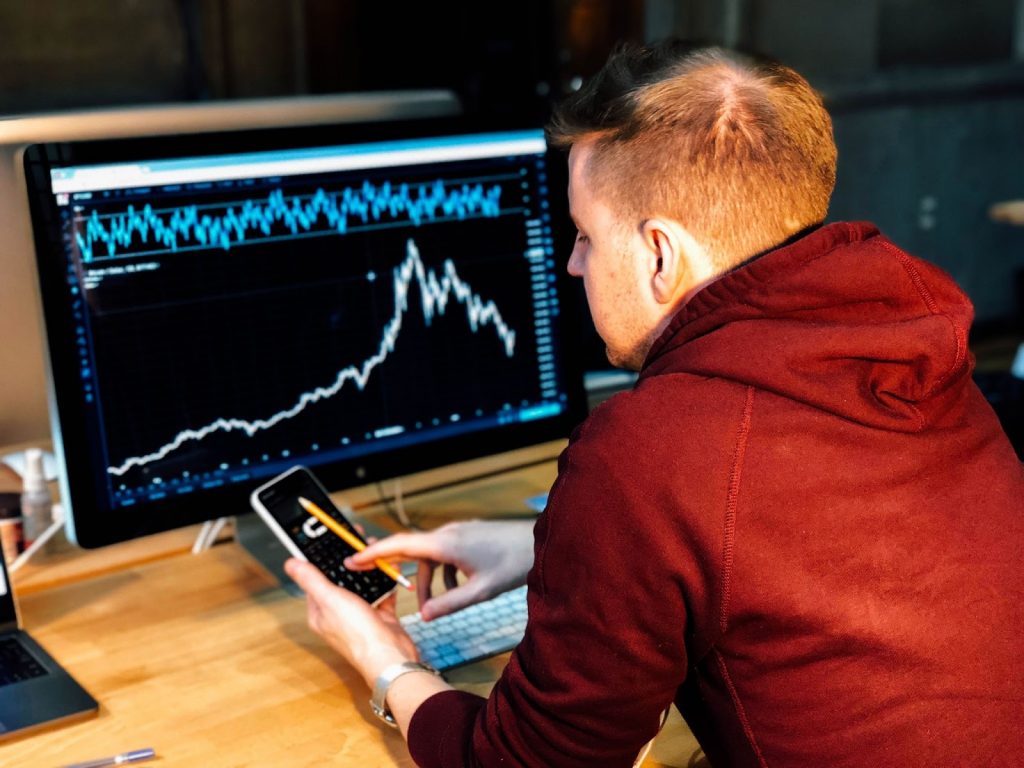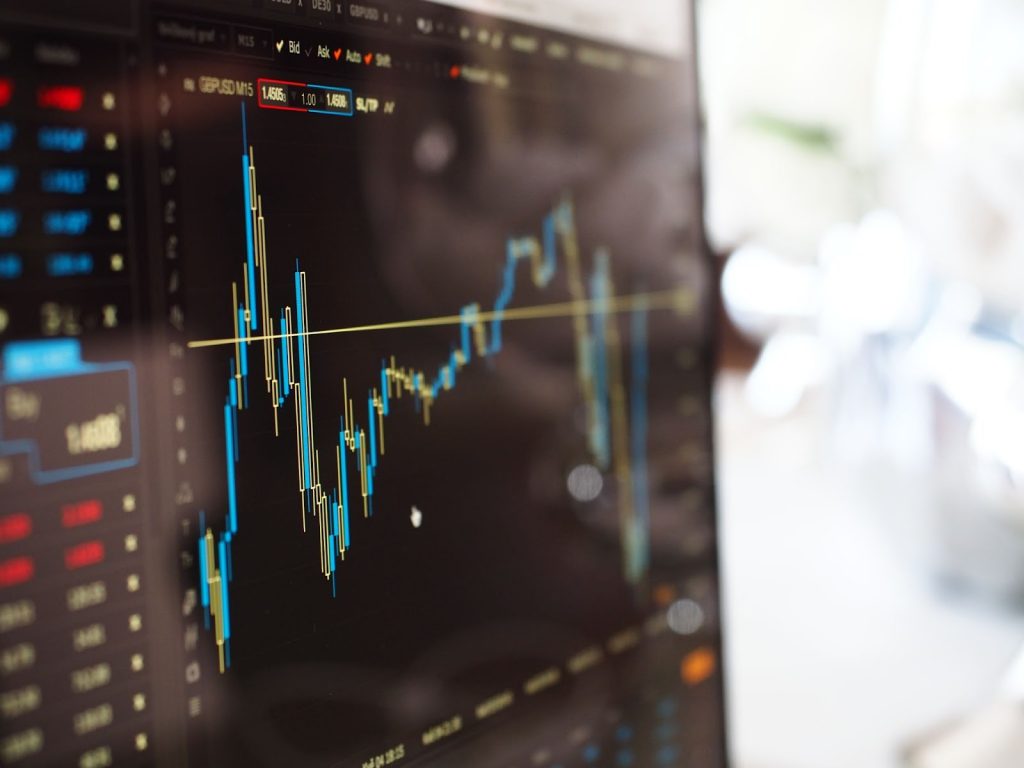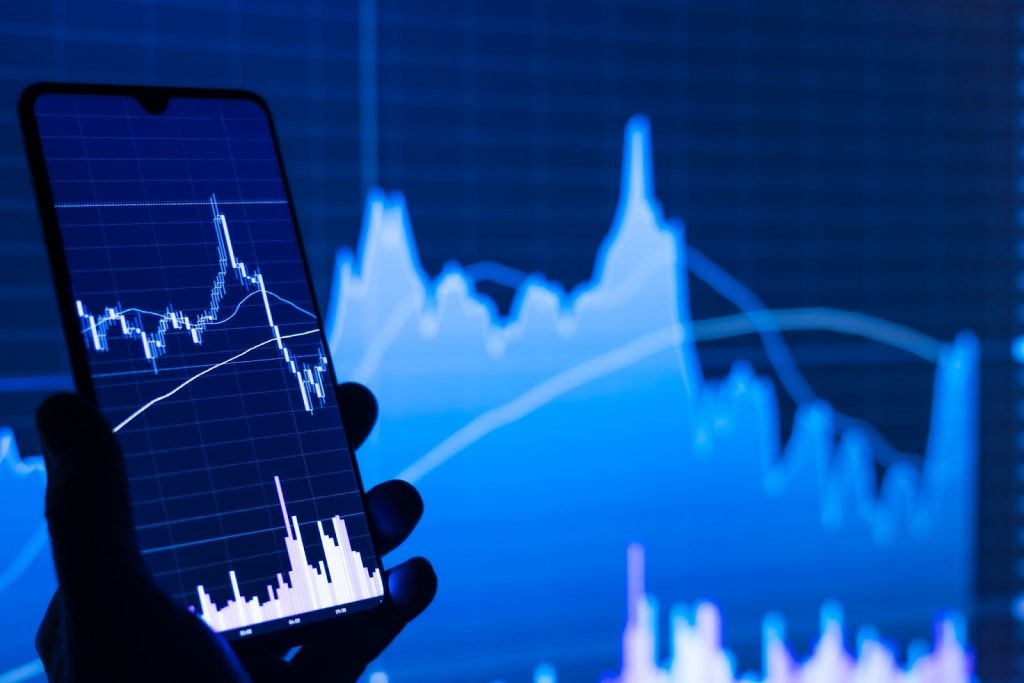The late American investor, trader, and pioneer of technical analysis methods, Mr. Richard Wyckoff, created the Wyckoff accumulation approach in the early 1930s, shortly before his death. And even today, the Wyckoff chart pattern remains one of the most effective technical analysis tools for identifying market patterns and future price moves in all modern-day financial markets, including forex.

So, if you want to learn more about leveraging the Wyckoff pattern in your forex trades, please keep reading. Below, we’ll explain the pattern in detail so you can use it to your advantage.
What Is The Wyckoff Pattern And How Can You Use It In Forex Trading?
First of all, in order to recognize the Wyckoff pattern, you must be familiar with the market structure and stages of the Wyckoff method. To illustrate the phases in the stock and financial markets on trading charts using a set of rules and principles, after all, was Richard Wyckoff’s objective.
The Wyckoff pattern is tricky since you have to recognize half of it. For instance, when a bullish Wyckoff chart pattern develops, you must recognize the accumulation phase and the last markdown phase, when the price declines from the prior market trend. Finally, you can conclude that the Wyckoff pattern appears anytime there is a lot of activity in a given price range following a bullish or bearish rally.

Wyckoff’s Composite Man
Wyckoff took a completely different approach to market analysis than most analysts, attempting to comprehend markets as the sum of individual actions. Therefore, he envisioned the so-called composite man.
You can consider the composite man a malicious manipulator running the markets from behind the scenes by operating levers and buttons. His objective is to consistently outsmart you and manipulate the markets to work against you, something an intelligent trader would try to beat and use to their advantage.
The Accumulation And Distribution Cycle Of Wyckoff
Wyckoff’s use of the accumulation and distribution stages served as the foundation for his approach. He utilized this to provide a general explanation of market cycles, and we can spot these structures in a variety of financial charts.
The Wyckoff phases let us know whether smart money is accumulating or dispersing. The accumulation and distribution phases will be sought after by a trader employing the technique far in advance of the occurrence of the markup or markdown phases.

The market never replicates the same price action, according to the composite man laws. Market cycles will recur similarly due to supply/demand restrictions, but they will do so with an unlimited degree of variation, making identification extremely difficult.
The lengths and dimensions of the distribution, accumulation, markup and markdown trending phases will vary, even if the overall structure remains the same. This is the composite man’s attempt to conceal his true motivations and prevent you from taking advantage of a simple opportunity to make money.
The Markup
Wyckoff refers to pullbacks to fresh support as throwbacks, which are purchasing opportunities akin to buy-the-dip patterns common in contemporary markets. Small consolidation patterns are interrupted by re-accumulation periods, and there are also steeper pullbacks, which Wyckoff refers to as corrections. Up until these corrective periods fail to produce new highs, markup and accumulation persist.
The Markdown
The markdown phase is measured by the new downtrend’s slope. This leads to its periods of redistribution, where the market pauses while the security draws new positions that will eventually be sold. Wyckoff uses the same language as the upswing phase when referring to sharper bounces inside this structure as corrections. When a wide trading range or base heralds the beginning of a new accumulating period, markdown finally comes to an end.
Wyckoff’s Three Trading Rules
Rule 1
Supply and demand drive price movement. Although this rule appears to be self-evident, the study relies heavily on deep learning of supply and demand dynamics. The Wyckoff technique does this using a variety of tools, including point-and-figure charts, price-volume analysis, and market cycle references.
Rule 2
To determine the stages of accumulation and dispersion, apply cause and effect reasoning. This concept can be understood more simply as the general tenet that the lengthier and deeper the accumulation phase, the stronger the breakout trend, or markup phase, is likely to be.
Rule 3
A trend reversal might be indicated by effort versus result. This criterion can be simply understood as looking for differences between volume and price movement. Think about a situation where there is a lot of volume turnover but little price movement as an illustration. According to Wyckoff’s third rule, the exchange between dumb money and smart money signals that this is likely to be a turning point for the market.

Final Thoughts
In the first half of the 20th century, Richard Wyckoff formulated fundamental ideas about tops, bottoms, trends, and tape reading. The Wyckoff technique, market cycle, and guidelines are only a few of his ideas that are still instructing traders and investors in the twenty-first century.


Recent Comments